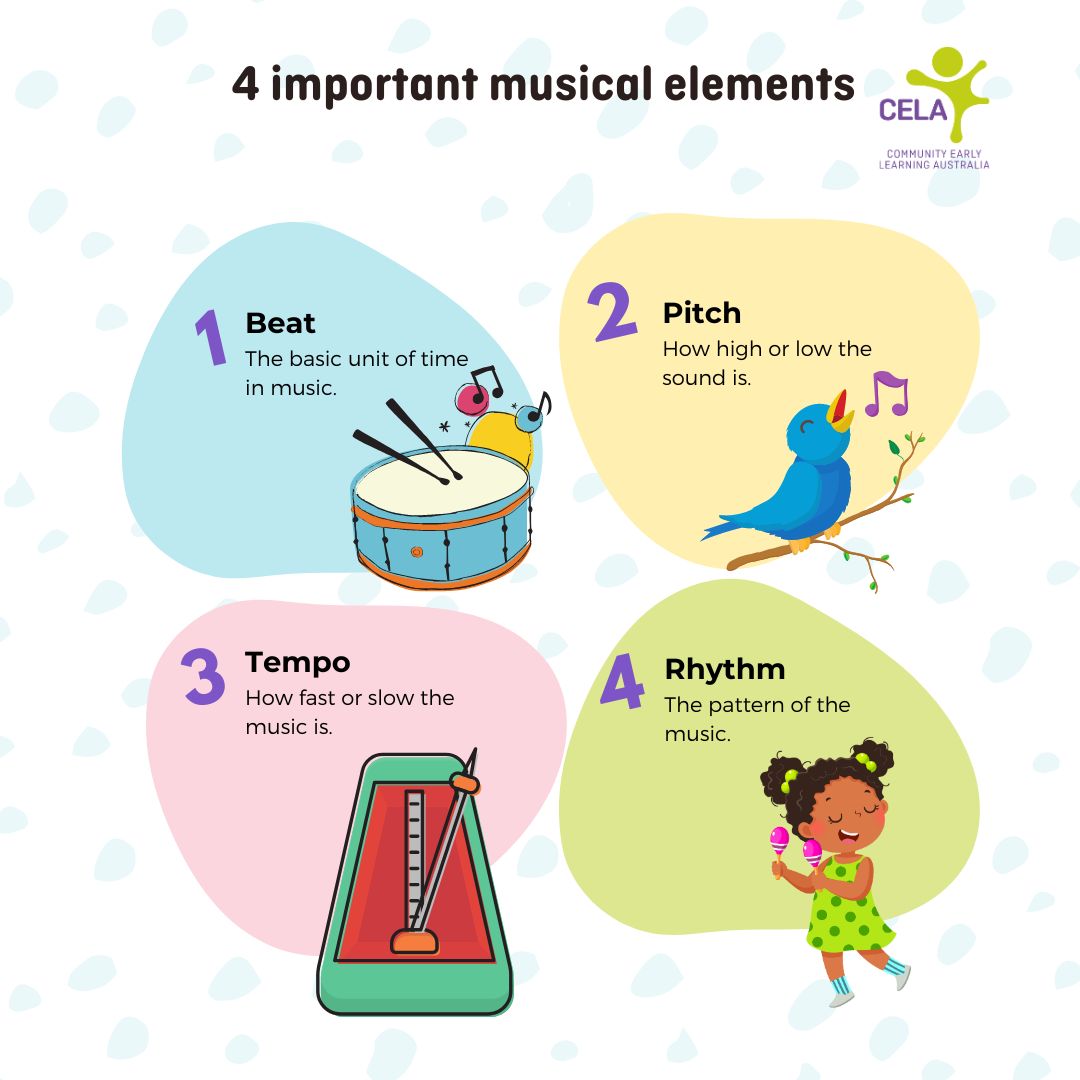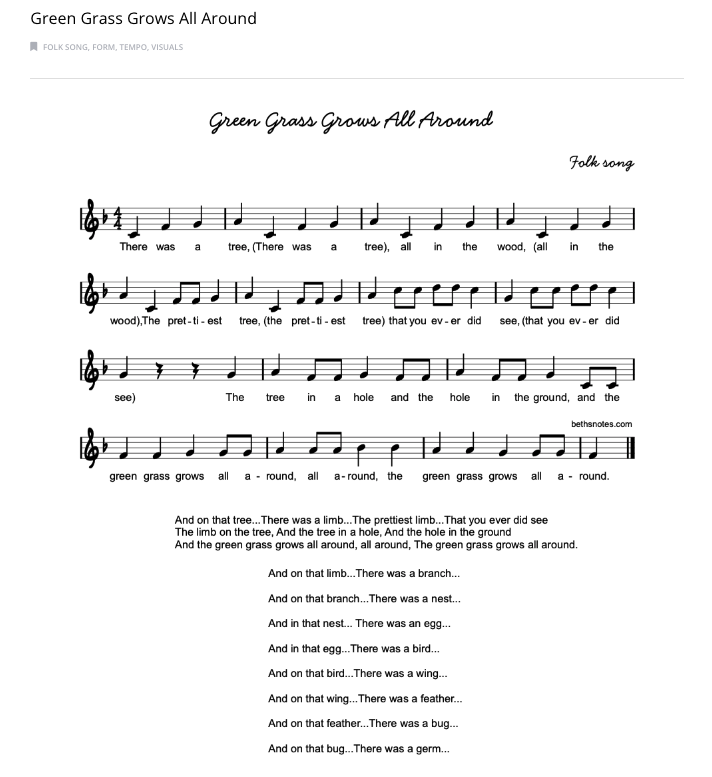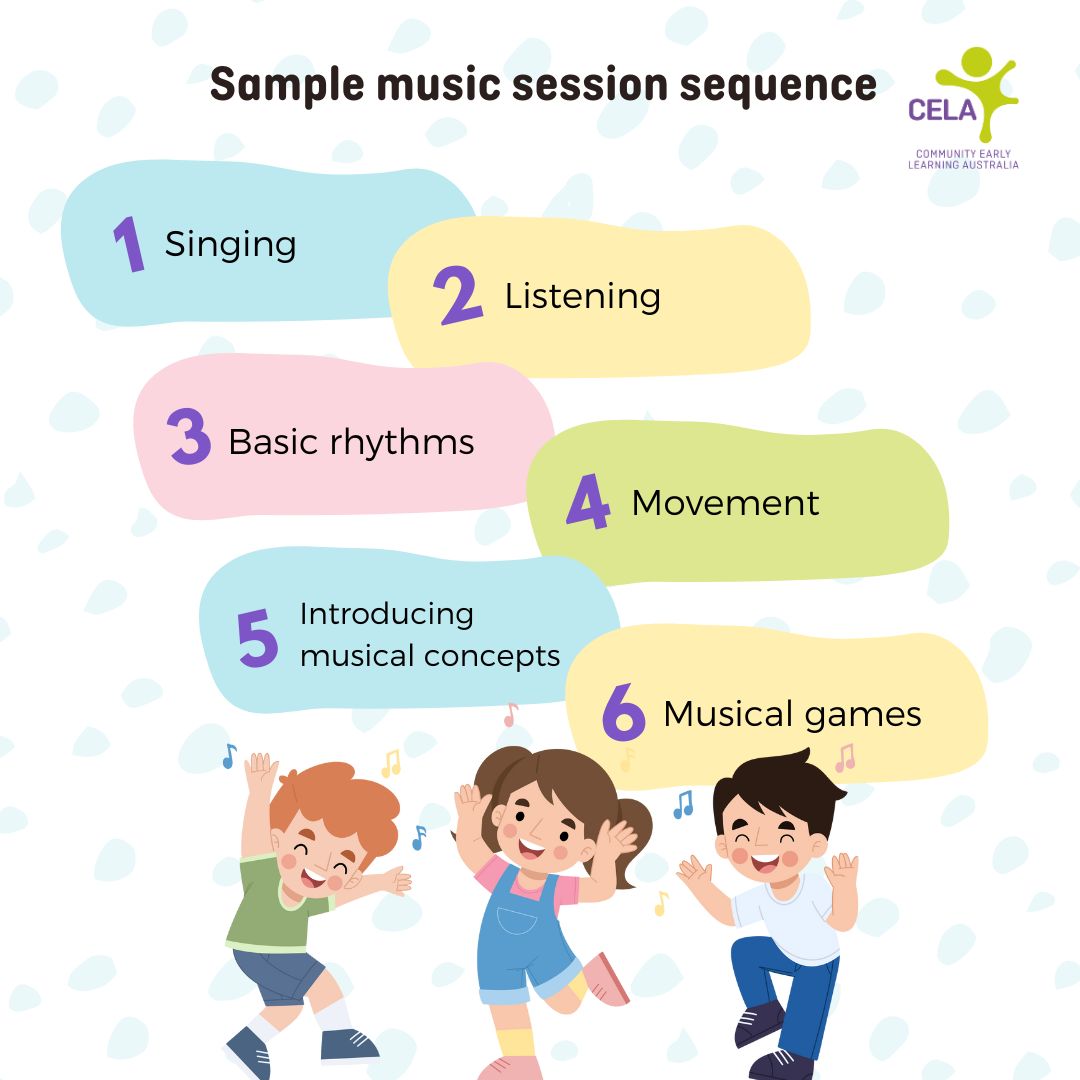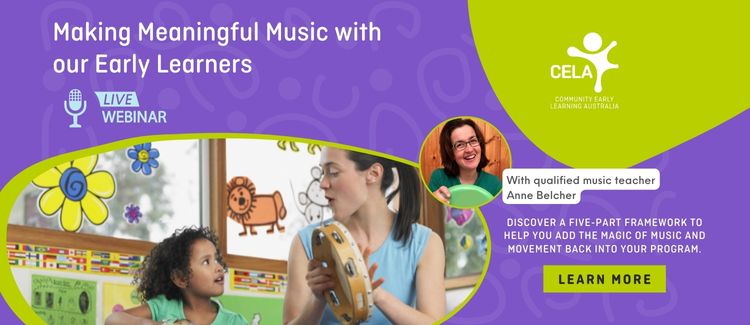Making music can be beneficial for children in many ways. Music involves listening to and understanding different sounds and rhythms, which can aid in the development of phonological awareness, an important skill for language acquisition. Moreover, learning to play an instrument can also help children with their motor skills and hand-eye coordination.
Musical experiences can have a positive impact on a child's emotional and social development. Music can help children express their emotions, and it can also promote a sense of community and collaboration. Learning to play an instrument in a group can foster teamwork and communication skills, as well as build self-esteem and confidence.
What should we teach?
A music program should include a balance of the following elements:
-
Skill acquisition (for example, starting with simple rhythms and gradually increasing the complexity can help children feel more confident in their ability to learn and perform the music).
-
Familiarity with musical concepts (understanding musical elements such as rhythm, melody, tempo, dynamics, and harmony and developing the ability to recognise and differentiate between different musical styles, genres, and instruments).
-
Rhythmic movement (this can include clapping, tapping, swaying or dancing to a musical rhythm.
-
Free expression (allowing children the freedom to explore and experiment with music in their own unique way, without fear of judgement or criticism).
-
Opportunities for listening and singing.
-
Playing musical games (one example could be a guessing game where children listen to the sound of a musical instrument and guess which instrument is being played. This can help children develop their listening and sound recognition skills).
Musical elements such as beat, pitch, tempo and rhythm can be incorporated into music sessions by teachers who do not consider themselves particularly musically talented.
_1.jpg?width=750&height=750)
How can we teach it?
You can use both spontaneous and planned experiences that are play-based and intentional. For example, you could expose children to a variety of different types of songs, teach musical concepts using different genres of music and provide opportunities for free movement to music, musical games and movement to music using props such as scarves, parachutes, and ribbon sticks.
We include singing as part of our daily program. It's great for the under threes who are acquiring language, but equally as beneficial for older children who can enjoy more complex songs that expose them to a wider view of the world around them.
Experiences for under threes:
-
Singing songs with actions, e.g. Heads and Shoulders, Open Shut Them, Put Your Finger On Your Nose. These songs allow participation even for children with limited language, as they have a strong visual element.
-
Learning and singing nursery rhymes.
-
Learning new songs that relate to the world around them.
-
Listening and moving to classical and contemporary music.
-
Simple musical games, e.g. Johnny’s Pony, Ring a Rosy, Dingle Dangle Scarecrow, Punchinello, Did You Ever See a Lassie.
Experiences for 3-5s:
-
Singing a wider variety of more complex songs with longer verses, choruses and more complex melodies.
-
Action songs with more detail and sequence, e.g. The Green Grass Grew All Around.
-
Choose songs that may not be traditionally for children but span generations and musical styles, e.g. Yellow Submarine, Pack Up Your Troubles, A Bicycle Built for Two, When I’m Sixty Four, We Will Rock You. When choosing contemporary songs, make sure the lyrics of contemporary songs are appropriate for the children's age.
-
Songs that tell a story, e.g. The Three Billy Goats Gruff, The Three Bears, We’re Going on a Bear Hunt.
-
Listening to classical and contemporary music and interpreting it through movement.
- Classical music with a good beat and rhythm can also be used to accompany children's percussion efforts. Alley Cat is one of my favourites for this, as it has different sections that can be used for different percussion groups. The Radetsky March by Strauss is another example that can also be used for movement, clapping and percussion.
-
Complex musical games that include more concepts, e.g. working with a partner or following more complex sequences that promote memory (examples include The Seven Steps, As I Was Walking Down the Street, Chicken Dance, Conga, The Ants Go Marching).
- Teach basic rhythms of walk, run, skip, sway and gallop and allow children to use these in movement to music. Provide opportunities for children to gain further skills by practising these and others, such as hopping, jumping and tiptoeing. When children develop some proficiency in these movements, they can move on to more complex dance steps such as polka or cha cha cha.

Via bethsnotesplus.com
Structuring music sessions with preschool-age children:
Provide a balance between active and passive participation in the session. Sessions can be planned with a sequence which could run as follows:
.jpg?width=750&height=750)
How to make cross-curriculum links through music sessions with young children:
These can be made by including content that relates to other key learning areas.
Drama:
Acting out stories or ideas to music and interpreting music through movement.
Language and literacy:
Using a wide variety of songs and nursery rhymes that enhance language skills, both in English and other community languages
Mathematics
Songs and games that incorporate number, addition, subtraction, order and sequence, e.g. The Ants Go Marching, Five Cheeky Monkeys, The Chicken Dance, The Mexican Hat Dance, Mi Cuerpo, to name just a few.
- Rhythm and counting: You can create a simple rhythm pattern and have children clap or stomp along to the beat while counting the number of beats in the pattern.
- Tempo and measurement: Tempo is the speed of music, and it can be used to teach children about measurement and time. You can use a metronome to help children understand how tempo works and have them practice clapping or tapping along to different tempos, counting the number of beats in each measure.
- Musical patterns and sequences: Music often involves repeating patterns and sequences, which can be used to teach children about patterns, sequences, and basic math concepts such as addition and subtraction. You can create a simple melody or rhythm pattern and have children identify and continue the pattern.
Social science:
Choose music from different cultures, using songs, music and musical games with content that may not be familiar to children in their own culture. You can also use music to explore elements such as weather and the environment.
_____________________
I hope this article has opened your eyes to the many opportunities to include music in your everyday practice as Early Childhood Teachers. So now… let’s do it and show that music for the under 5s is much more than an iPad and Baby Shark!
References:
Department of Education, Employment and Workplace Relations. Belonging, Being and Becoming: the Early Years Learning Framework for Australia. Barton, ACT: Commonwealth of Australia.
Professional Development relating to this topic:

FIND OUT MORE
About Elizabeth
Elizabeth Bailey (name changed for this article for privacy reasons) is an experienced Early Childhood Teacher who was taught music and movement by Miss Heather Gell, a proponent of the Dalcroze Eurythmics, a method pioneered in Switzerland by Emile-Jacques Dalcroze.
She taught in a variety of early childhood settings, finally spending over 20 years as a Director /Teacher in a community-based preschool for 3-5-year-olds where she presented musical experiences to her classes daily, despite considering herself completely unmusical and not being able to play any musical instrument or read music.
Elizabeth completed a Master's degree in Early Childhood Education and for the last 12 years has worked in teacher education for several universities. During visits to many early childhood settings, she has noted the lack of music programs in many centres and the inclination to use an Ipad and sing pop songs like Baby Shark and Let it Go over and over.